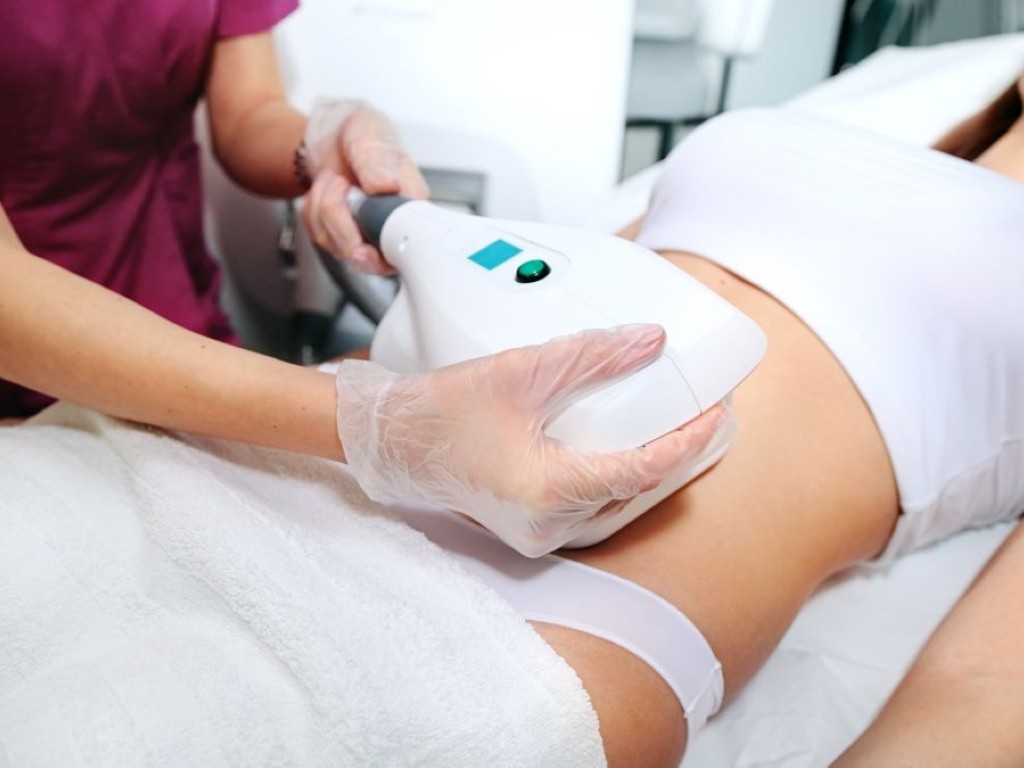"Advancements in Non-Invasive Body Contouring: The Role of Radiofrequency and Ultrasound Technologies"

Non-invasive body contouring has emerged as a revolutionary frontier in the world of cosmetic and medical aesthetics, offering individuals a path to achieve their desired body shape without the need for surgical intervention. Among the arsenal of non-surgical technologies, radiofrequency (RF) and ultrasound (US) treatments have gained prominence for their effectiveness in reducing body fat and enhancing one’s overall appearance. These cutting-edge approaches utilize the power of electromagnetic waves and low-frequency sound to sculpt, tone, and tighten the body, providing a welcome alternative to traditional surgical procedures.
RF therapy uses electromagnetic waves to generate heat in the subcutaneous (under the skin) tissue. The heat produced by RF can help to break down and shrink fat cells, stimulate collagen production, and improve skin elasticity. This technology is often used for skin tightening and body contouring. It is less effective in directly targeting and eliminating fat cells, compared to other methods like liposuction or cryolipolysis (cool sculpting).
Ultrasound fat reduction, often referred to as “ultrasonic cavitation,” uses low-frequency sound waves to target and break down fat cells in specific areas of the body. The sound waves create pressure and vibration within the fat cells, causing them to rupture and release their contents, which are then metabolized and eliminated by the body. Ultrasonic cavitation is typically used for localized fat reduction in areas such as the abdomen, thighs, and hips. It is a non-surgical alternative to procedures like liposuction, with less downtime and minimal risk of complications.
Non-invasive radiofrequency (RF) and ultrasound (US) technologies have gained popularity due to their relative safety and effectiveness in body contouring. Unlike surgical procedures, RF and US methods do not involve incisions, reducing the risk of infection while minimizing the associated surgical risks. These procedures are typically well-tolerated without the need for general anesthesia or sedation, reducing the risks associated with anesthesia too. These treatments can provide visible results, such as reduced fat volume, improved skin tightness, and enhanced body contours. In addition, RF treatments can stimulate collagen production, which further contributes to skin tightening and rejuvenation. While the US cavitation specifically target and reduce fat in localized areas, making them ideal for spot fat reduction.
Some redness and swelling are common after RF and US treatments but usually subside within a few days. The skin may become over sensitive and patients are advised to apply proper sunscreen if exposed to direct sunlight. To achieve optimal results, multiple treatment sessions may be necessary, and these treatments may not be suitable for everyone as it may vary from person to person, and not everyone may achieve the same level of fat reduction or skin tightening compared to surgical procedures. Additionally, maintaining a healthy lifestyle with a balanced diet and regular exercise is essential for long-term fat reduction and to maintain the acieved results.
For those considering non-invasive body contouring, it is paramount to consult with a qualified Cosmetic Physician. An individualized assessment and a clear understanding of the potential benefits and limitations of these technologies are essential with a proper guidance and realistic expectations.
Dr. Harsha Jayakody
Aesthetic & Cosmetic Physician
MBBS (Sri Lanka), MBA in Health Admin (Malaysia), MSc (Sri Lanka),
MD (Sri Lanka)
Diploma in Aesthetic Medicine (PIA)
Member of CFAT (New Delhi)
Member of the American Academy of Aesthetic Medicine (AAAM)
Board Certification from IEBDAC (UK)


